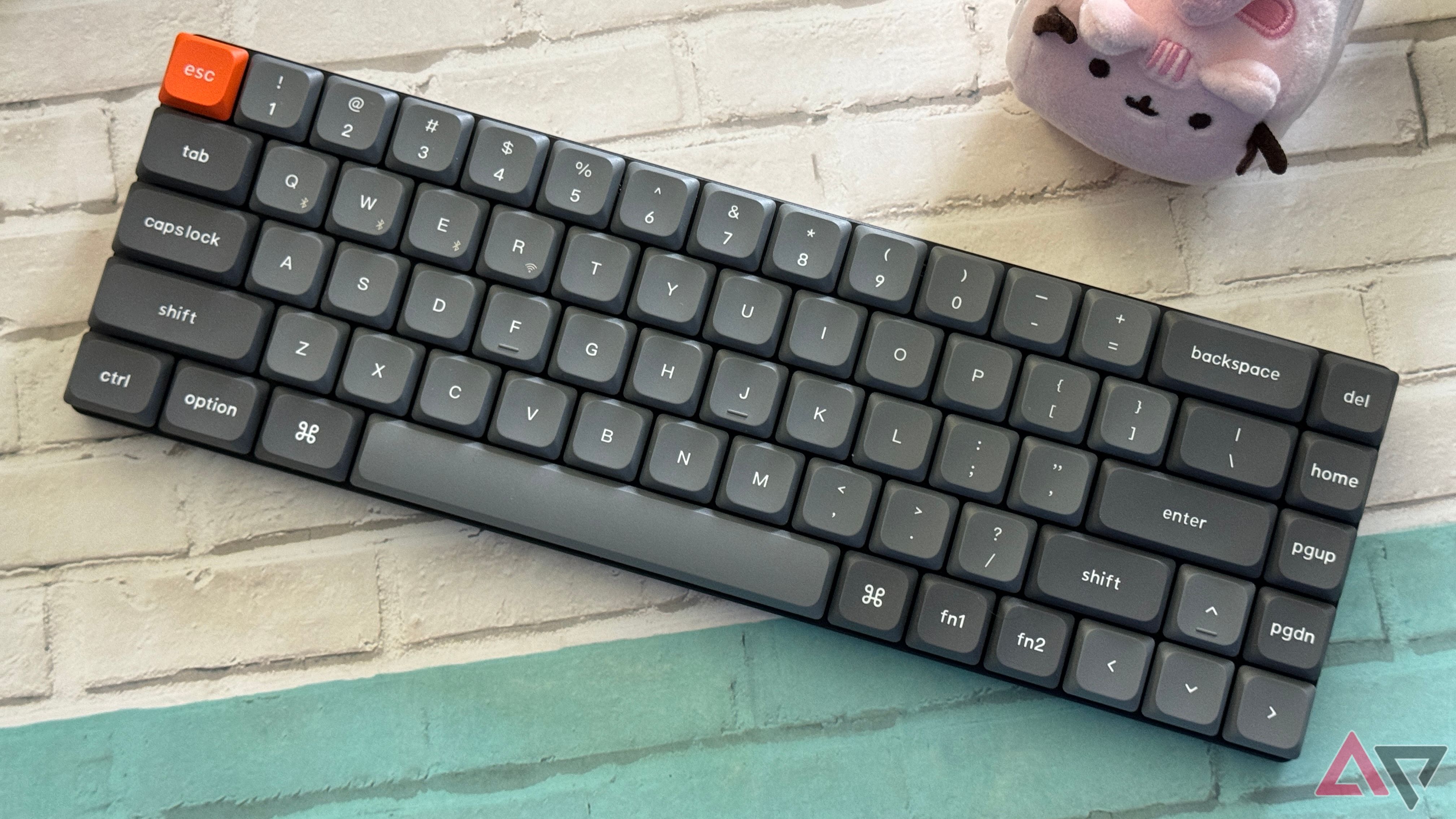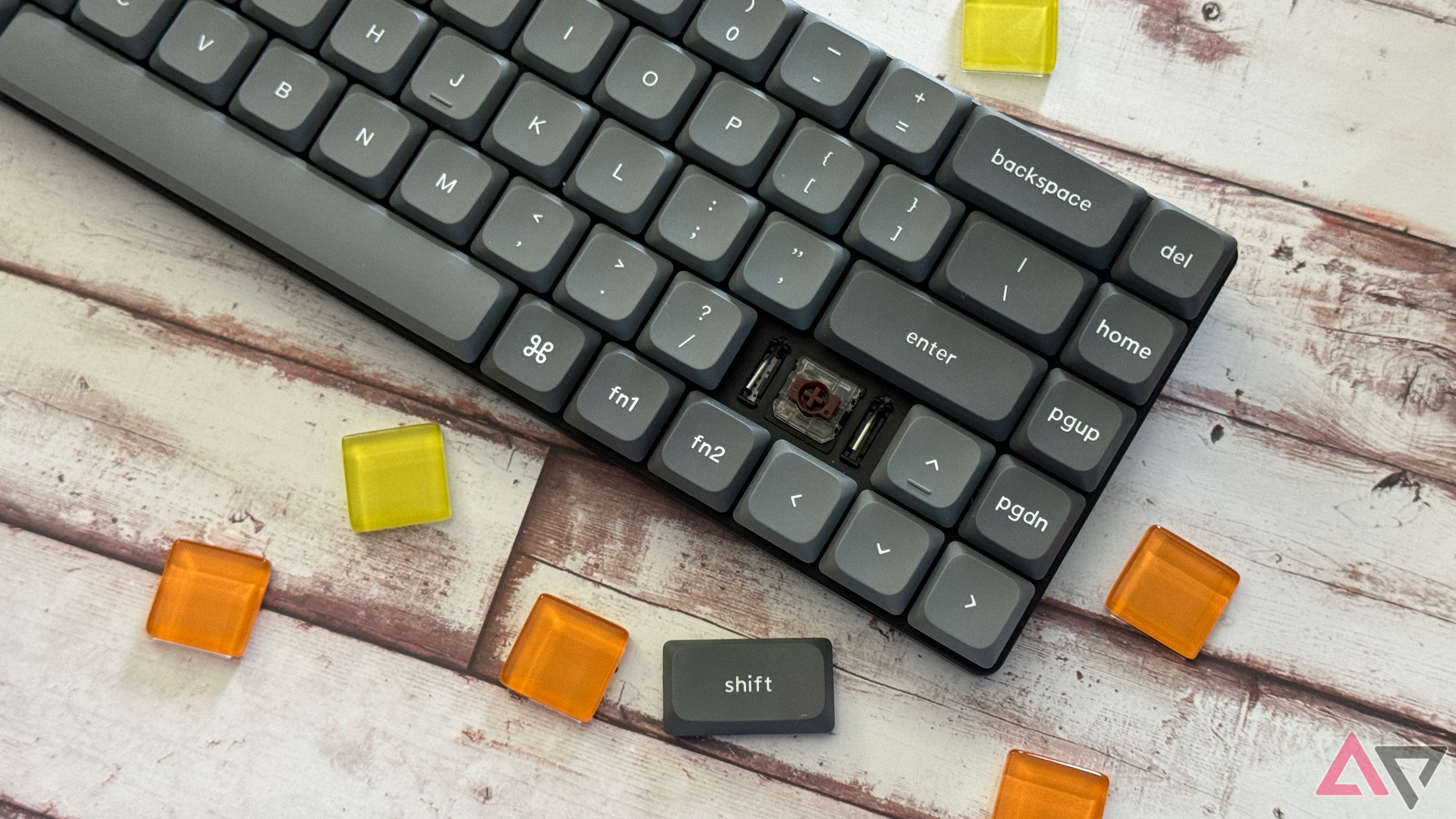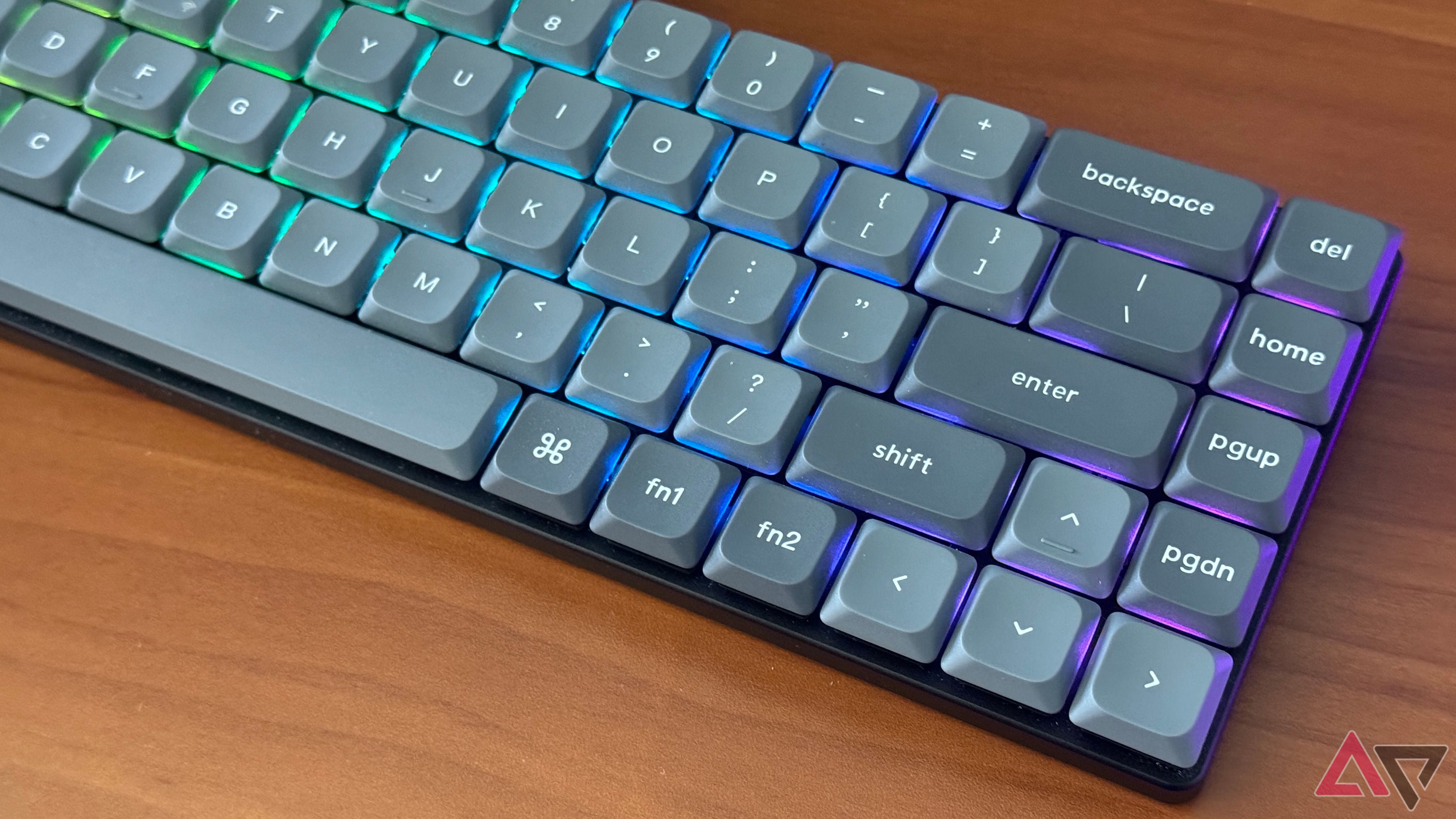I remember a time when using a portable keyboard meant settling for a mushy, rubber-domed experience with cheap, low-profile keycaps and little to no backlighting. Typing more than a few sentences was a chore, and the gaming performance could have been better. I often went without, opting to use the touch screen on whatever portable device I was carrying, and I would never consider using one as my desktop board.
However, times have changed, and products like the Keychron K7 Max offer a proper mechanical keyboard experience on the go. And, while I still prefer my full-sized, full-height boards for desktop use, I’ve been using the K7 Max as my only keyboard for a week, and I have to say, it’s growing on me. If you need the flexibility of a portable keyboard but don’t want a typing experience that makes your fingers cry, the K7 Max might be your next purchase.
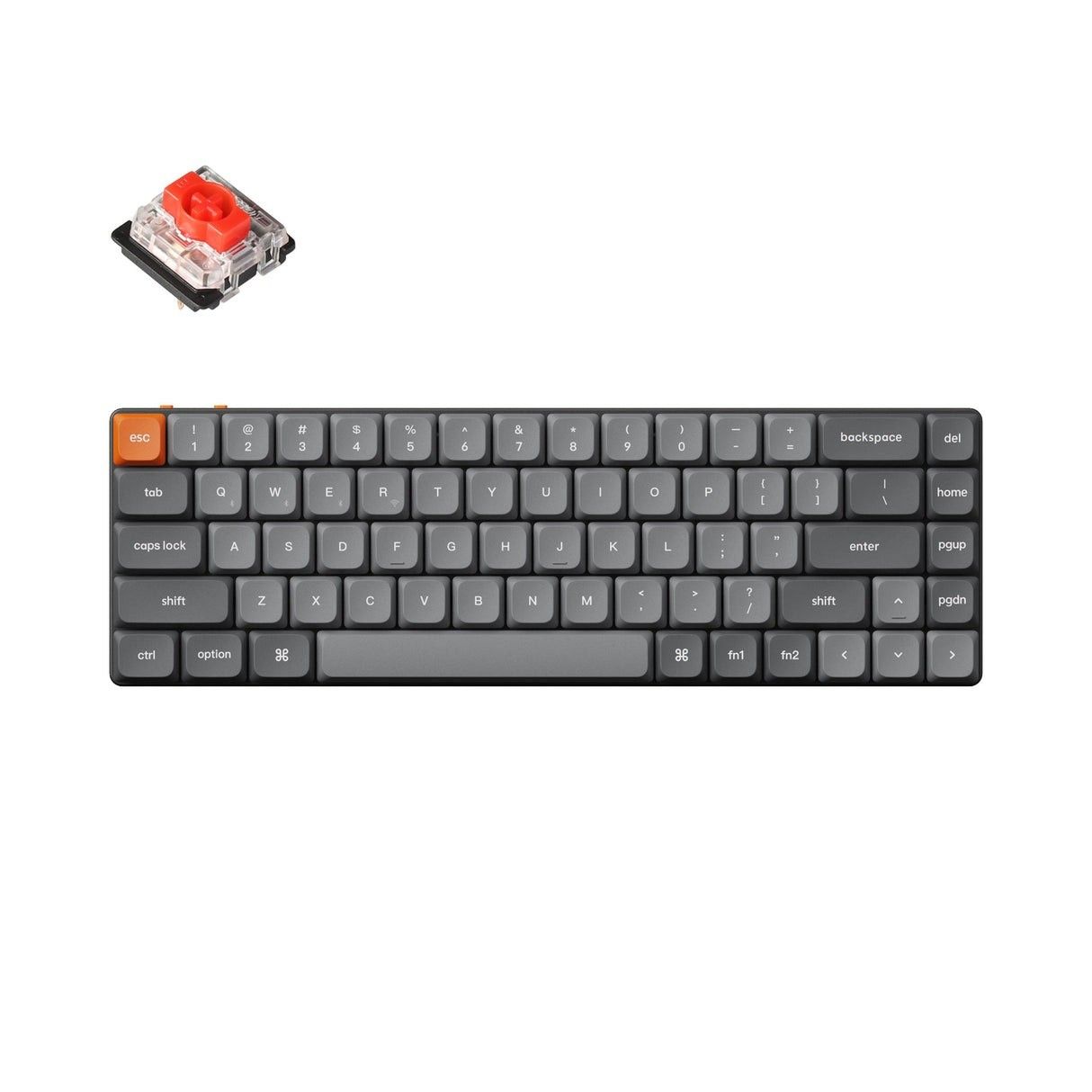
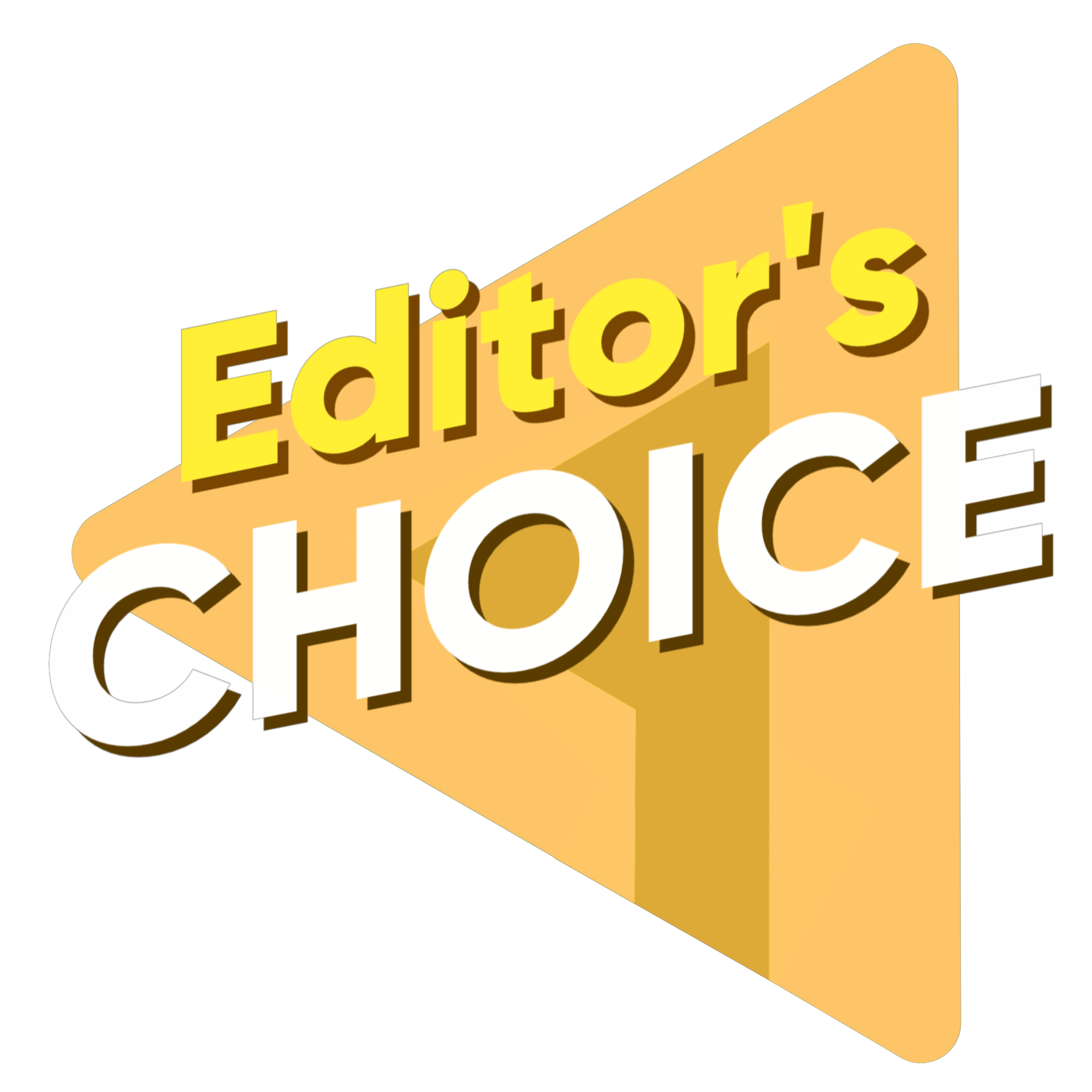
Editor’s choice
Keychron K7 Max
The Keychron K7 Max offers plenty of flexibility for use at home or on the road, with a low-profile construction and 65% compact layout. It’s built from aluminum and ABS plastic and comes in several configurations. You can have RGB lighting with hot-swappable switches, allowing you to customize the feel of your board.
- Fantastic feel
- Hot-swappable option
- Compact, low-profile form factor
Price, availability, and compatibility
The Keychron K7 Max is available through Keychron starting at $94. The base variant includes only white backlighting, with RGB backlighting costing you another $10. If you want hot-swappable switches in addition to RGB backlighting (my review model), the Keychron K7 Max costs $114. You can choose between red or brown Gateron low-profile mechanical switches. It’s worth noting that while the switches are hot-swappable, you can only insert Gateron or Keychron low-profile mechanical switches back in; optical or full-height switches will not work.
The K7 Max is compatible with Windows, Mac, Android, Linux, and iOS. If needed, Windows-specific keycaps are included for installation.
What I like about the Keychron K7 Max
A versatile package
It’s not like we don’t pay for the privilege, but the Keychron K7 Max has a premium feel. I love how the board is compact but well constructed, using a combination of ABS plastic and aluminum for the frame. I noticed hardly any deck flex while in use, even pressing hard at the corners. Keychron added an acoustic foam layer to help with sound and feel, and it’s noticeable. Typing is solid, and the sound is pleasant from the K7 Max’s brown, tactile switches.
It’s also compact, at just over 12 inches long and under 4 inches deep — a small footprint made possible by the 65% layout. Even still, a keyboard wouldn’t be portable without a manageable height, and the K7 Max is only 22mm tall — ideal for carrying in a messenger bag or in one of the Keychron cases available. The K7 Max is fantastic if you’re looking to get more productivity from your tablet on the go, turning a device like the Samsung Galaxy Tab S9 Ultra into a powerhouse for work and school.
A big reason why the K7 Max can be so thin is the Gateron low-profile mechanical switch. At only 12.2mm tall, it’s over 5mm shorter than a full-height switch. I’m pleased that Gateron created a switch with the desired height that maintained a proper feel and performance. It’s almost like the K7 Max is hugging your fingers, especially when paired with the low-profile spherical-angled keycaps. The Gateron switches require 55g of activation force, making them a great choice for high-performance gaming — you’ll never have to guess where you are in your keypress.
Like other Keychron boards, the switches are pre-lubed, meaning the K7 Max feels great through long typing sessions. I’ve been typing for over a week on the K7 Max, including for this review, and the combination of high-quality switches and low-profile keycaps have my fingers gliding over the board.
Despite being a low-profile, portable keyboard, the K7 Max doesn’t lack customization options. The included double-shot PBT keycaps feel amazing, and Keychron claims they are more oil-resistant over time. However, if you want to swap them out, plenty of options are available from Keychron and others, so you can match your K7 Max to your desktop setup. Like the Drop CSTM65 I reviewed, the K7 Max can blend in with the right accessories.
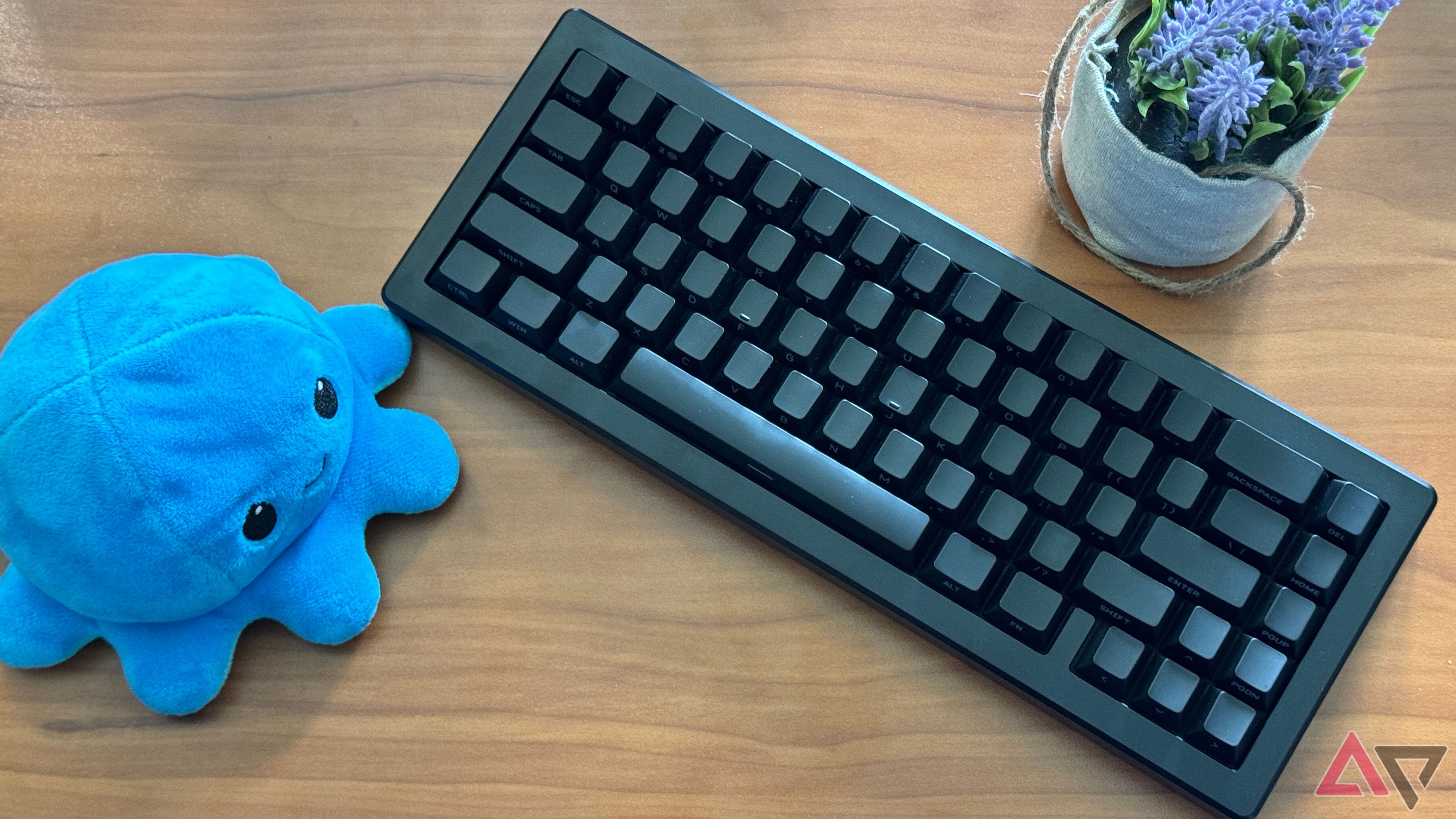
Related
Drop CSTM65 Mechanical Keyboard review: Modular beyond belief
You don’t have to know much about lubes and films to enjoy creamy typing
Moreover, you can swap out switches for an entirely different feel. The company warns that only Gateron/Keychron low-profile mechanical switches are compatible, but other low-profile options from Amazon can also do the job. However, it’s worth noting that low-profile optical switches will not work with the QMK firmware, so double-check before you order.
Keychron includes 22 RGB patterns for the K7 Max and a static white backlighting pattern for a more understated look. The company claims battery life is 34 hours from the 1,550mAh cell with the RGB activated, and while that mostly holds up in testing, I would charge the K7 Max every two days to be safe — nothing worse than getting to work or school and realizing you’re running short on power. Turning the backlighting off completely enhances those numbers, with over a week of power possible with the RGB off.
Keychron offers several connectivity modes on the K7 Max. Bluetooth 5.1 allows you to connect up to 3 devices at once, while wired and 2.4GHz wireless modes link your K7 Max with your desktop setup. A wireless adapter is included in the box. You’ll want to go with a 2.4GHz connection even if your desktop computer supports Bluetooth, as you’ll get the full 1,000Hz polling rate — Bluetooth is limited to 90Hz. The K7 Max includes other premium features like N-Key rollover, and the Keychron launcher allows for several keymap configurations.
What I don’t like about the Keychron K7 Max
More options available
It’s hard to find fault with the K7 Max, especially given its versatility. I would like to see more switch options officially supported, allowing users to customize the board’s feel.
Keychron’s web launcher is fine for enthusiasts, with programmable macros and keymaps, but the interface could be more user-friendly for casual users. The K7 Max is a fantastic option for first-time buyers looking for a good mechanical keyboard, so I’d like to see the company cater a bit to new users.
Should you buy it?
I really enjoyed my time with the K7 Max. It’s incredibly versatile with an excellent typing feel, solid gaming performance, and a stellar low-profile build quality. It’s hard to argue about the value, as you get a mechanical keyboard you can take to work and school but still plug in at the end of the day to queue up with your friends in Counter-Strike —- all while not sacrificing too much. It’s really a board you can dress up or dress down, depending on what you need, and I highly recommend trying one out — your fingers will thank you.


Editor’s choice
Keychron K7 Max
The Keychron K7 Max is ideal for people needing a versatile board in multiple locations. Its Gateron brown low-profile switches feel great, and the double-shot PBT keycaps are high-quality. It features multiple connection options, allowing you to easily connect to a mobile device or desktop. It’s also customizable, with options to change out keycaps and switches.
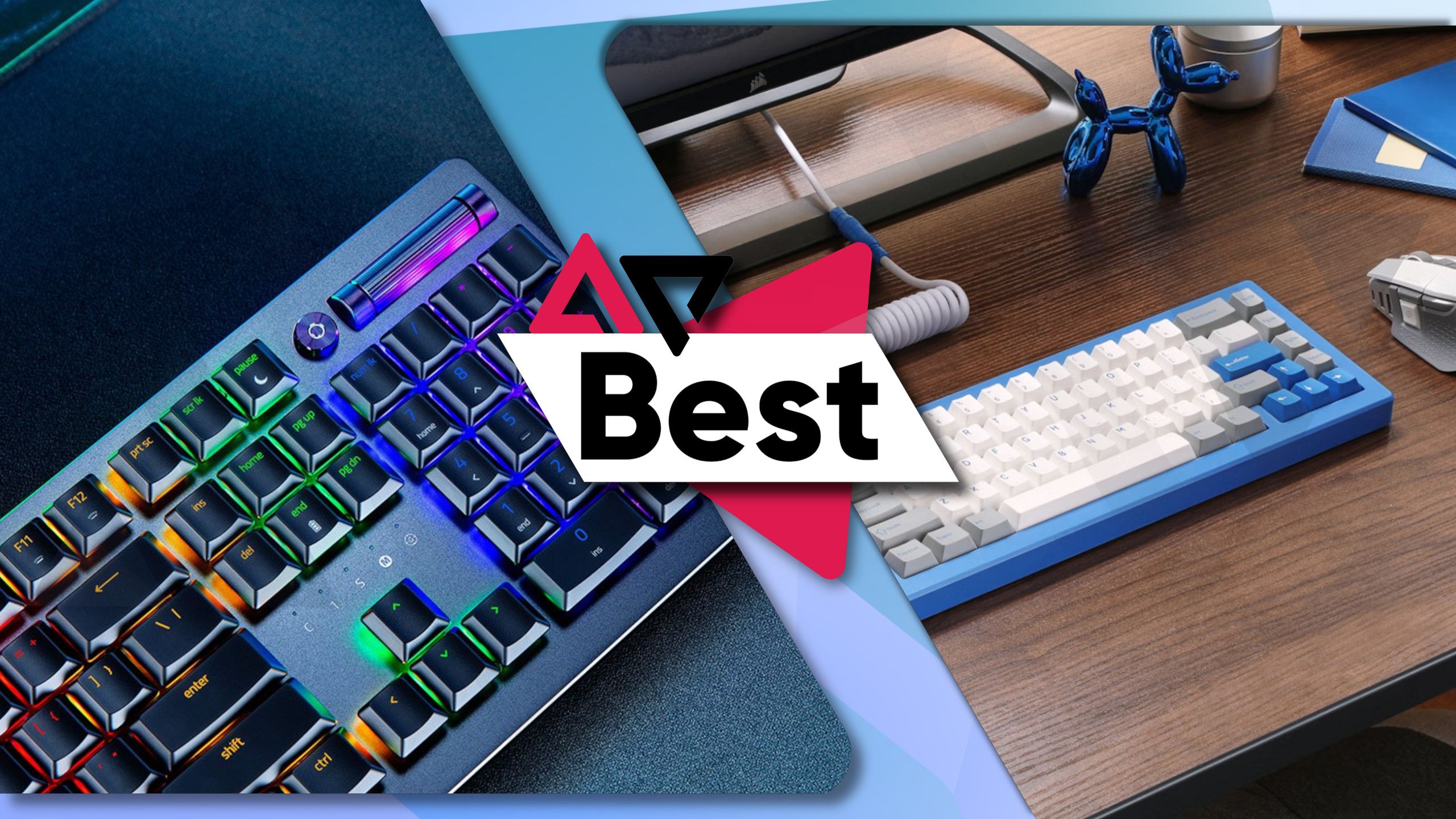
Best mechanical keyboards in 2024
The best wired and wireless mechanical keyboards
Source link

